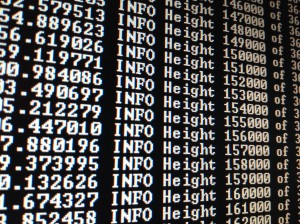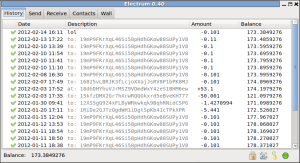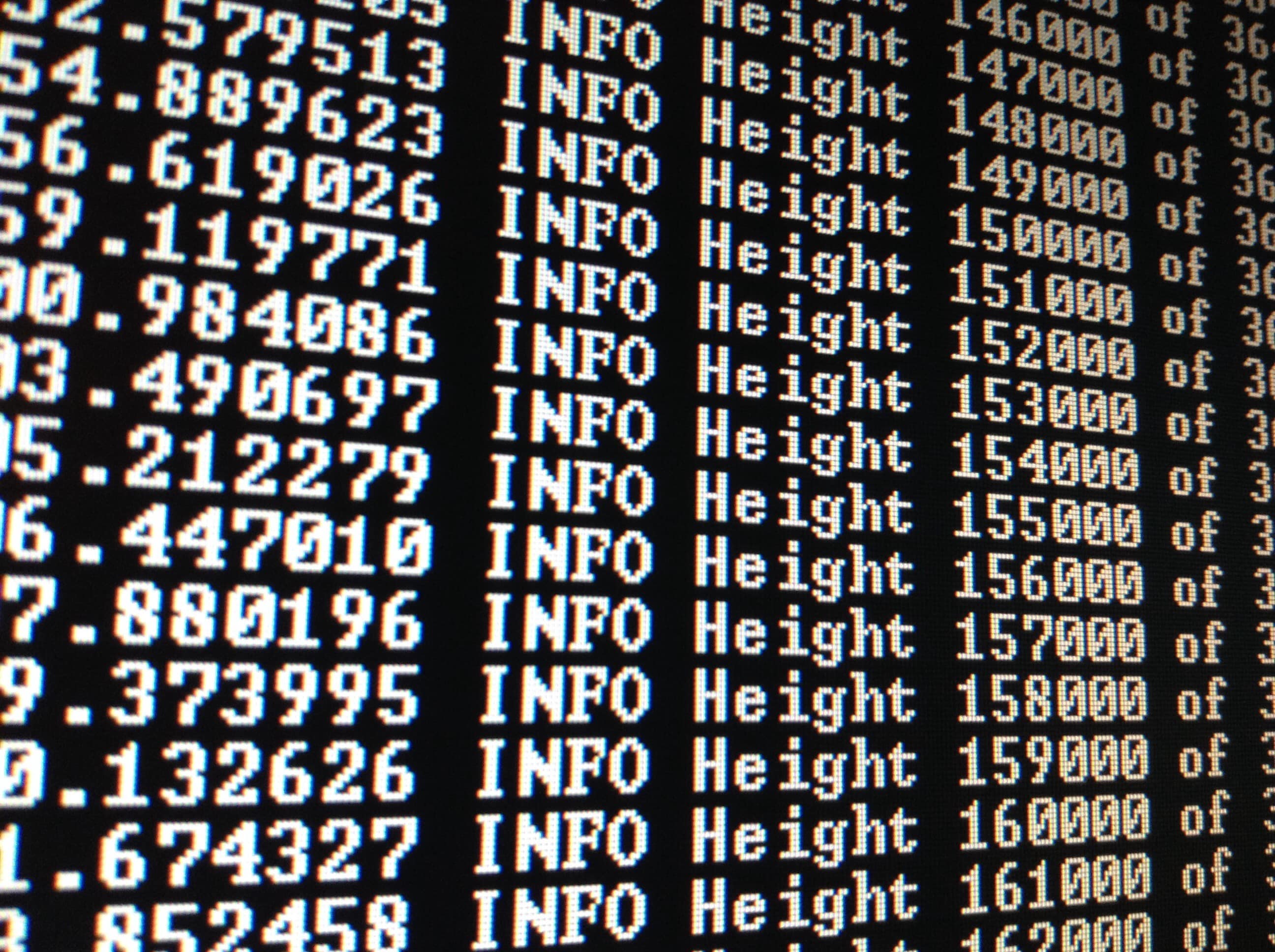
Numerous financial institutions including Bank of America, Santander and MasterCard are actively seeking to integrate blockchain technology into the way the conduct business.
I personally haven’t invested into bitcoin or any of the blockchain-related programs that have surfaced since it’s inception in 2009, but time and time again I’ve seen bitcoin and blockchain in the headlines. If it’s not bitcoin being valued more than the US dollar, it’s an announcement that bitcoin is about to collapse under it’s own ambition (in fact one site has made a point of tracking how many times bitcoin has been announced defunct).
One trend that has continually caught my eye is how major corporations and even banks are turning to bitcoin and the blockchain as a viable financial medium. For instance, IBM recently announced plans to make blockchain technology easier for businesses to use for financial and non-financial purposes, and Microsoft has expressed an interest in utilizing the power of blockchain since 2014 (which caused a $20 surge in the price of blockchain-backed Bitcoin at the time). Apple and Google have also been trying a number of different tacks on the blockchain front.
Meanwhile, a number of banks are also making moves to blockchain-based digital currency. One of the largest commercial banks in South Korea invested over $1.3 million dollars into Coinplug, a bitcoin exchange service that carries a lot of clout in Asia. Closer to home, Bank of America and payment networks like MasterCard are seeking ways of integrating their services with digital currency and blockchain.
Clearly, blockchain is a hot enterprise.
What is Blockchain?
Although blockchain arose with bitcoin, the technology itself is independent of the currency. It allows people across the world to transfer digital currency almost instantly without needing to trust one another or a a central authority i.e. a bank.
Critical to blockchain is the idea of the ledger. The ledger is basically a giant record of digital events (transactions, value, rules, etc.) that is shared among a number of different parties. Aside from it being a long-running record of everything that has transpired (nothing can be erased), what gives the ledger so much power is that it can only be updated by consensus of the majority of those in the system.

At the core of blockchain is the idea of the ledger: a record of every transaction ever held that still manages to protect privacy.
Regardless of what the news says or what a friend says, a user of blockchain has clear view of everything going on in the digital system. There are no barriers. When we look at any financial crisis has occurred in the past, it has usually occurred because of some asymmetry of information. As an economics student myself, I am constantly confronted with the asymmetry of information. Every test I take is an example of that.
But being a student who has specific and available materials to study is one thing; being someone who is tying to make financial decisions based off of a seemingly infinite pool of mostly inaccessible information is a completely different matter.
Blockchain creates a system where everyone can see what is happening (and has happened) all the time. Confidential details, like the party involved and the subject of the transaction, are kept secret, but you can still see that when a transaction happened and how much the transaction was for.
Back to Banks
Today’s banking systems are built of decades-old models. Compared to blockchain transactions, traditional bank transactions take a very long time to occurs. And each bank keeps its own records of what happens, whereas a blockchain record would be public to all. Blockchain would allow banks to operate more quickly and with greater insight.
The technology still has a ways to go before it is becomes universally adopted, but we are definitely seeing finance move toward blockchain.
For more banking and finance new, check out my Twitter @Nick_Fainlight
